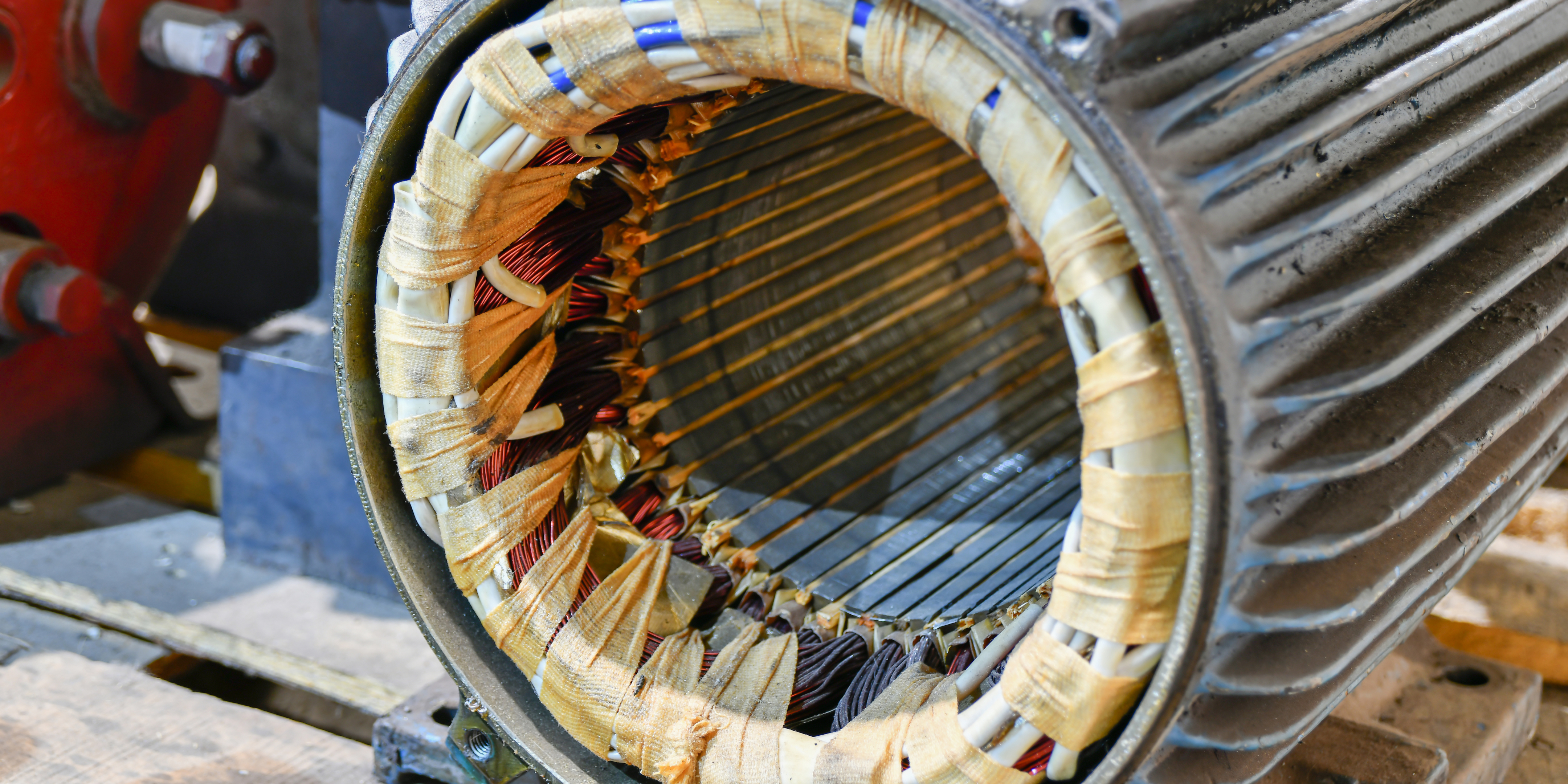The European Union aspires to become climate-neutral by 2050. However, for that ambition to come true, reliable access to critical raw materials (CRM) must be secured.
Critical Raw Materials Act
Last November, the European Parliament and the Council of the European Union reached a provisional agreement on the Commission proposal for a regulation on CRMs, better known as Critical Raw Materials Act.
It provides for a definition of “strategic raw materials” that are of high strategic importance for the green and digital transition or for defence and aerospace applications. In parallel it equally seeks to ensure access to a secure supply of CRMs via a strengthening of the whole secondary raw materials (SRM) value chain by:
- Ensuring that by 2030, no third country would provide more than two-thirds of the EU’s annual consumption of each strategic raw material.
- Improving the EU’s ability to mitigate the CRM supply risk.
- Securing a high level of environmental protection through strengthened circularity.
Recyclability of Permanent Magnets
One of the measures the Regulation provides for, in Article 27, is the recyclability of permanent magnets. Any company placing MRI devices, wind energy generators, industrial robots, motor vehicles, light means of transport, cooling generators, heat pumps, electric motors, on the market, even if they are integrated in washing machines, tumble dryers, microwaves, vacuum cleaners or dishwashers, will have to ensure that those products bear a label indicating what type of permanent magnets they incorporate, such as neodymium-iron-boron, samarium-cobalt, aluminium-nickel-cobalt or ferrite.
Most importantly, the Regulation says the following information regarding permanent magnets in products will have to be included in the digital product passport (exceptions may apply, for more information refer to Article 27, Paragraph 5):
- Contact information of the producer.
- Weight, location and chemical composition of all individual permanent magnets included in the product as well as the presence and type of magnet coatings, glues and additives used.
- Information enabling access and removal of all permanent magnets incorporated in the product (incl. steps, tools, technologies needed).
Having easy access to these details will not only ensure the longevity of certain household products and promote refurbishment and repair practices but assist raw material extraction processes.
Magnets are vital components found in various household electronics (e.g. speakers, electric motors etc.) and are essential to tap into renewable energy sources. Speakers, for example, produce sound by the interaction of a permanent magnet and electromagnet. While wind turbines use magnets in their generators which play a crucial role in converting the mechanical energy from the spinning blades into electrical energy. In the case of heat pumps, magnets can be found in the electric motors that drive the pumps or fans. Being able to recycle these “common products” is a must to recover valuable materials such as neodymium.
Reinforcing this the importance and scarcity of critical raw materials, after 31 December 2030, a delegated act may lay down minimum recycled content for neodymium, dysprosium, praseodymium, terbium, boron, samarium, nickel and cobalt in the permanent magnet incorporated in the products mentioned above.
How Will CE-RISE Support the Transition?
The CE-RISE Information System will represent an innovative response to supply challenges. By promoting recycling, reuse, and computerised management, it seeks to mitigate demand for primary critical raw materials and stimulate the supply of secondary raw materials to support the green transition.

